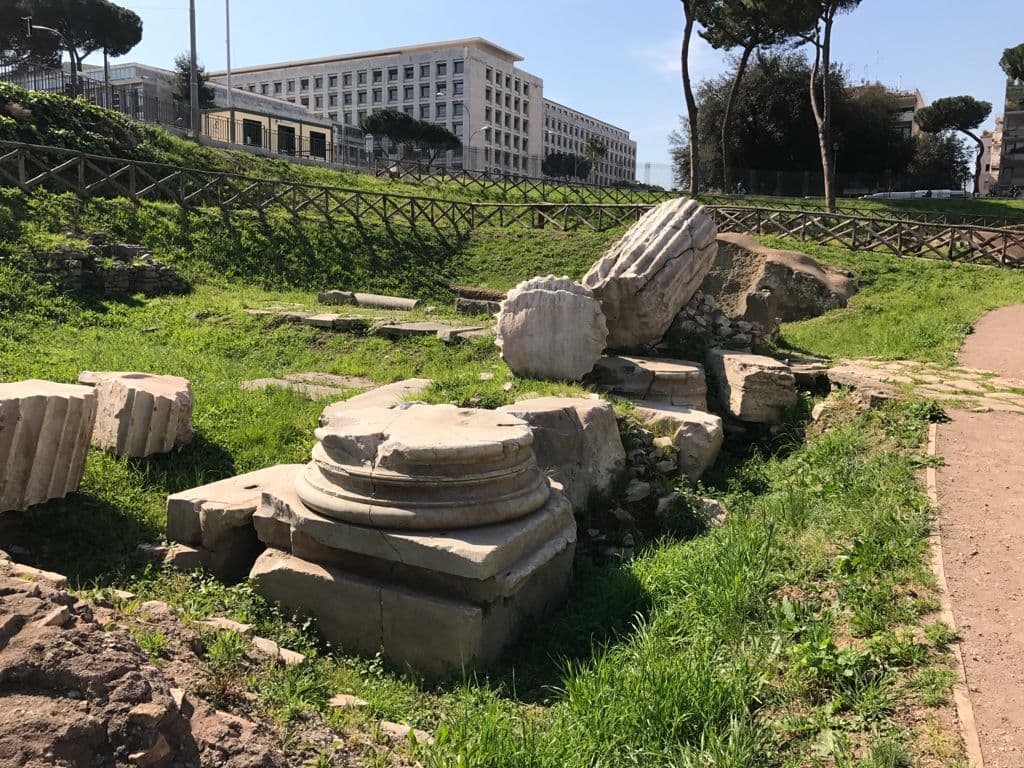The arch is one of the most quintessential features of Roman architecture. It appears in aqueduct arcades, bridges, and many monumental structures like free-standing amphitheaters, stadiums, etc. Although the Romans didn’t create the arch, they certainly perfected its use in their constructions. Possibly the Romans were first exposed to the arch by the Etruscans (as indicated by the early archaeological record).
Often called Arcus Vespasiani et Titi, erected in 80/81 A.D. by the senate in honour of the emperor Titus, and to commemorate the capture of Jerusalem.
Read more:
We have no information about this arch, except what is contained in the inscription (CIL vi. 944) preserved in the Einsiedeln Itinerary and reported to have been found in the Circus Maximus. As a fragment (No. 38) of the Marble Plan indicates an arch at the east end of the circus, it is supposed that this arch replaced the porta Pompae, as the entrance at this point of the circus was regularly called.
This content is brought to you by The American Institute for Roman Culture, a 501(C)3 US Non-Profit Organization.
Please support our mission to aid learning and understanding of ancient Rome through free-to-access content by donating today.
Cite This Page
Cite this page as: Darius Arya, The American Institute for Roman Culture, Arcus Titi (Arch of Titus, Circus Maximus)” Ancient Rome Live. Last modified 03/19/2021. https://ancientromelive.org/arcus-titi-circus-maximus/
License
Created by The American Institute of Roman Culture, published on 02/21/2021 under the following license: Creative Commons: Attribution-NonCommercial-ShareAlike. This license lets others remix, tweak, and build upon this content non-commercially, as long as they credit the author and license their new creations under the identical terms. Please note that content linked from this page may have different licensing terms.







